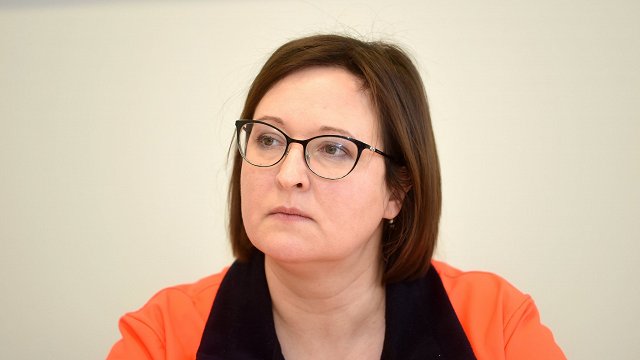In Latvia, the age group over 60 has a higher percentage of vaccinated people than other groups, but this is insufficient on the overall background. On average, nearly 75% of older people have managed to vaccinate in European countries, while the figure in Latvia is 30%. In the age group above 80, Latvia is lagging even more, at around 80% in Europe and under 30% in Latvia.
In order to encourage the vaccination of seniors, a 'senior hour' has been introduced in the mornings in mass vaccination centers, where seniors can line up without applications. The seniors met by LTV at the centers said that they had encountered various obstacles so far: they had not been able to call 8989, their family doctors did not provide vaccination, and there was a lack of information on what and how to do.
Instead of eliminating the obstacles as quickly as possible, vaccination organizers opted for a different tactic in Latvia to open vaccination for all, giving preference to those who were able to move forward and react more quickly in the system.
Therefore, the structure of the vaccinated looks a lot different to that of the other countries. The age group between 18 and 24, is even higher than the European average in terms of percentage of the vaccinated.
Since the vaccination reach is relatively small overall, the overall incidence rate has not been significantly reduced. Among seniors, the number of cases has even increased in recent weeks, showing an insufficient rate. The impact is observed in groups where vaccination levels are much higher – in medical institutions and in social care centers.
For example, at the end of last year and at the beginning of this year, the proportion of Covid-19 cases associated with treatment institutions was almost 17%, now it is 1%. This is also confirmed by the hospitals themselves, where staff are hardly sick.
However, the Riga East Clinical University Hospital claims that internal vaccination should still be encouraged. 60% of hospital workers have been vaccinated, 75% of doctors and around 50% of sanitary and nursing assistants.
“Nurses and nurse assistants are always in close contact with patients. (..) There is a need for persuasion, because some doctors are also so-called antivaxxers, nurses' assistants are antivaxxers, where it is difficult to explain being reasonable and accountable to ourselves, to the patients we are working with,” said Māris Liepiņš, head of the hospital's Infection Monitoring Division.
The available amount of vaccines, not only people's readiness to vaccinate, are also a factor in the slow vaccination pace. Vaccine supply forecasts that, in any event, by mid-summer, vaccination cycle would be completed by only around a third of the population, half would have got the first dose.
For this reason, particular attention should also be paid to risk groups for whom vaccination is more important, and to making vaccination more accessible. Data from the National Health Service show that in May, compared to March and April, fewer seniors have come to get the Covid-19 vaccine and, in the total number of vaccinated seniors, most are those who come after the second shot, so the level of vaccination in this group is not expanding much.



























